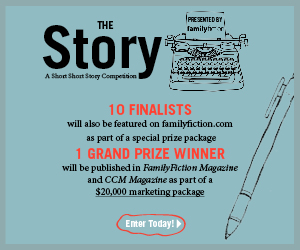So you’ve written an amazing story for our upcoming contest and you’re certain it’s the winner. But wait–it can only be 1,000 words?? Admittedly, that’s not a lot of room to say what you have to say–especially if your lead character is a pre-school teacher suffering from PTSD from the war and is just looking for some redemption and grace from perhaps her ruggedly handsome neighbor. (Sorry if I stole your thunder there.)
Don’t fear–these tips will help you trim that little story down, so it fits neatly into our word limit. Edit carefully–you just might have a winner on your hands!
1 – Author of On Writing Well, William Zinsser, suggest that writers trim out every word that doesn’t particularly add to the story. Each word should be examined and the writer should ask “Is this word particularly useful to the story?” “Is this word redundant?” “Could the story be served better by another word.” As a professor, Zinsser claims that he can cut at least 1/3 of the words from most of the pieces submitted by his students.
2 – Cut down on the use of adverbs (words that add description to verbs and usually end in -ly) and make your nouns and verbs do all of the work. Instead of saying: “She walked quickly back and forth.” You could say: “She paced.” Every word should have purpose and impact.
3 – Highlight every part of the story that is characterization. In another color highlight everything that is plot (or answers the question what are the characters doing). What’s left? Could that be trimmed?
4 – Too much backstory? It’s tempting with a short story to try to cram in a lot of backstory to increase the character’s depth, but is there a way to allude to a backstory without using up those precious words? A perfect example of this was our winner last year, Lisa Harris. You can read her story here.
5 – The ingredients necessary for a good short story are no different than those for a good novel. In Plot & Structure by James Scott Bell he gives a formula that will work beautifully. It’s called LOCK.
L – Lead
Introduce the lead character.
O – Objective
Answer the question “What does the lead want?”
C – Confrontation
This is when something happens to the lead character that prevents their objective. Answer the question what does your Lead do next?
K – Knockout
Deliver an ending with some real drama!
If you are considering entering–don’t waste any time! Click here for more details and a chance to win great prizes!


